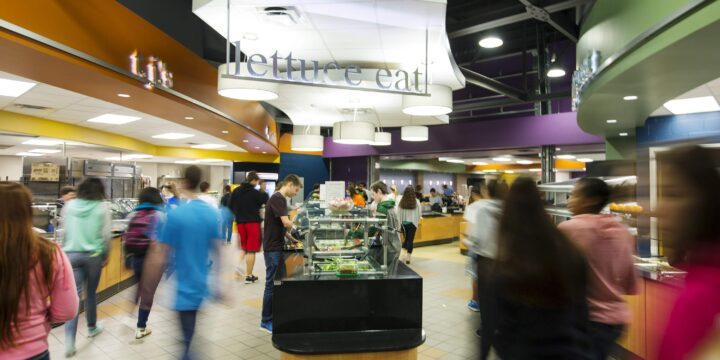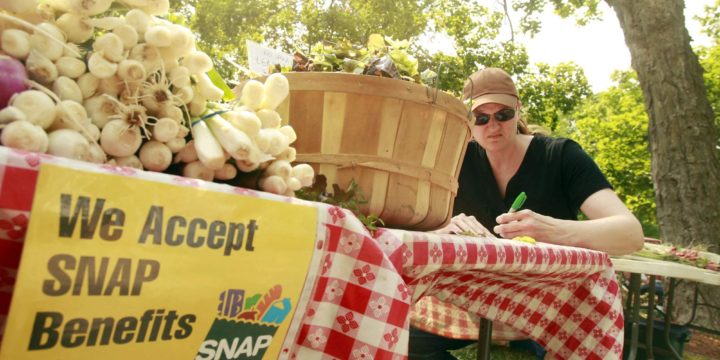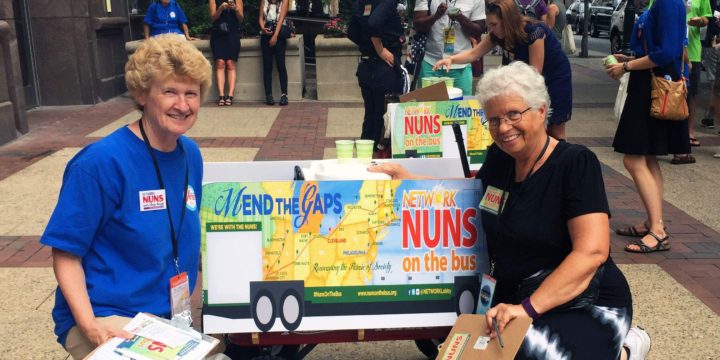
Put people at center of public policies
Maybe, now that the business community is raising red flags, something will change. Members of the Iowa Business Council, a group that represents the state's largest businesses, held a news conference at the Statehouse Monday to release their annual, nonpartisan review of economic trends. Dubbed Iowa's Competitive Dashboard, the report measures statewide progress in five areas relative to other states - economic growth, education and workforce, governance, demographics and diversity, and health and wellness. Headlines from the rollout have focused on demographics and diversity because the Business Council found the greatest shortcomings in that area, and because the issue rolls nicely into the larger national conversation about immigration. In the coming days, the Council plans to launch a public-private partnership to research and implement ways the state can attract and…









